“True intelligence involves flexibility and fallibility, not unerring correctness.”
— Adapted from Alan Turing
Introduction: Trusting the Machine Too Much
In AI-driven healthcare, blind trust in machines can jeopardize patient safety. Alan Turing, the father of computer science, foresaw this in what I call Turing’s Paradox: the more we rely on machines to think, the less we may question their outputs.
In medicine, this paradox can fuel diagnostic bias, where clinicians overly anchor on AI-generated results, risking missed or delayed diagnoses. This blog explores how AI may amplify—not erase—our biases, and why doctors must remain The Thinking Healer.
A Case of Digital Anchoring
A 58-year-old man presented with a persistent cough, weight loss, mild fever, and swollen lymph nodes.
The hospital’s AI triage system, trained heavily on regional data where tuberculosis (TB) is prevalent, flagged “probable TB” with 92% confidence. Trusting the machine, a resident initiated anti-TB treatment.
Yet subtle red flags emerged:
– The fever was intermittent, not persistent as in classic TB.
– CRP levels were unusually low for an infectious disease.
– The patient was a nonsmoker with no TB exposure history.
Remaining skeptical, we ordered a lymph node biopsy. The diagnosis? Lymphoma.
A life-altering miss was narrowly avoided—thanks not to AI’s certainty, but to human doubt.
This is Turing’s Paradox in action: AI appears intelligent, but only becomes safe when we treat it as fallible.
Turing’s Legacy: Machines Don’t Doubt
In his landmark 1950 paper *Computing Machinery and Intelligence*, Turing proposed the Turing Test to evaluate machine intelligence. But what’s often overlooked is his deeper insight: true intelligence requires flexibility, error, and the capacity for self-questioning.
Machines, by design, lack doubt. They execute patterns with precision, but without reflection.
A 2024 Nature Medicine study (https://doi.org/10.1038/s41591-024-03113-4) confirmed this danger: AI imaging models trained on biased datasets produced diagnostic disparities, particularly for women and Black patients. Instead of correcting human bias, AI amplified it, risking clinical harm if unchecked.
Turing’s warning resonates: machines don’t think like us—they replicate our blind spots at scale.
Diagnostic Bias in the AI Era
AI does not invent bias; it magnifies what we feed it. When combined with human cognitive shortcuts, the risks multiply.
Three ways AI fuels diagnostic bias:
– Anchoring Bias → Fixating on AI’s top suggestion (e.g., TB) while ignoring alternate explanations.
– Confirmation Bias → Cherry-picking data that supports the AI output while dismissing contradictory signs.
– Premature Closure → Ending diagnostic reasoning too soon, satisfied with the machine’s verdict.
Under time pressure, many clinicians may feel compelled to trust AI’s quick outputs. But speed is not the same as wisdom.
Human Override: The Thinking Healer’s Role
AI can be a powerful diagnostic partner—if doctors remain engaged.
Three guiding questions for clinicians:
– When AI flags “low risk”: What might it be missing?
– When AI suggests a confident diagnosis: What if it’s wrong?
– When speed tempts you: Where is slowness wise?
Doctors are the human override—blending AI’s computational strengths with clinical judgment, contextual awareness, and empathy.
“Machines don’t doubt. Doctors must.”
Takeaway: AI Extends, but Humans Decide
Turing showed us that intelligence is not perfection but flexibility under uncertainty.
AI can sharpen diagnostic accuracy and efficiency, but only when clinicians pair it with skepticism and human insight. The most dangerous bias in medicine isn’t inside the machine—it’s in our blind trust of it.
Reader Engagement

Coming Next
Blog Series 4: Heisenberg’s Uncertainty and the Clinical Encounter
Turing warned us: machines can’t think like humans. In my next post, we’ll explore philosopher Ludwig Wittgenstein’s insights on language to uncover why AI struggles to capture the nuance of patient symptoms. Stay tuned.
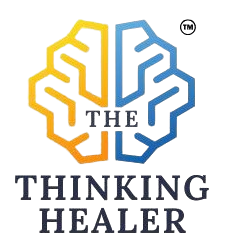

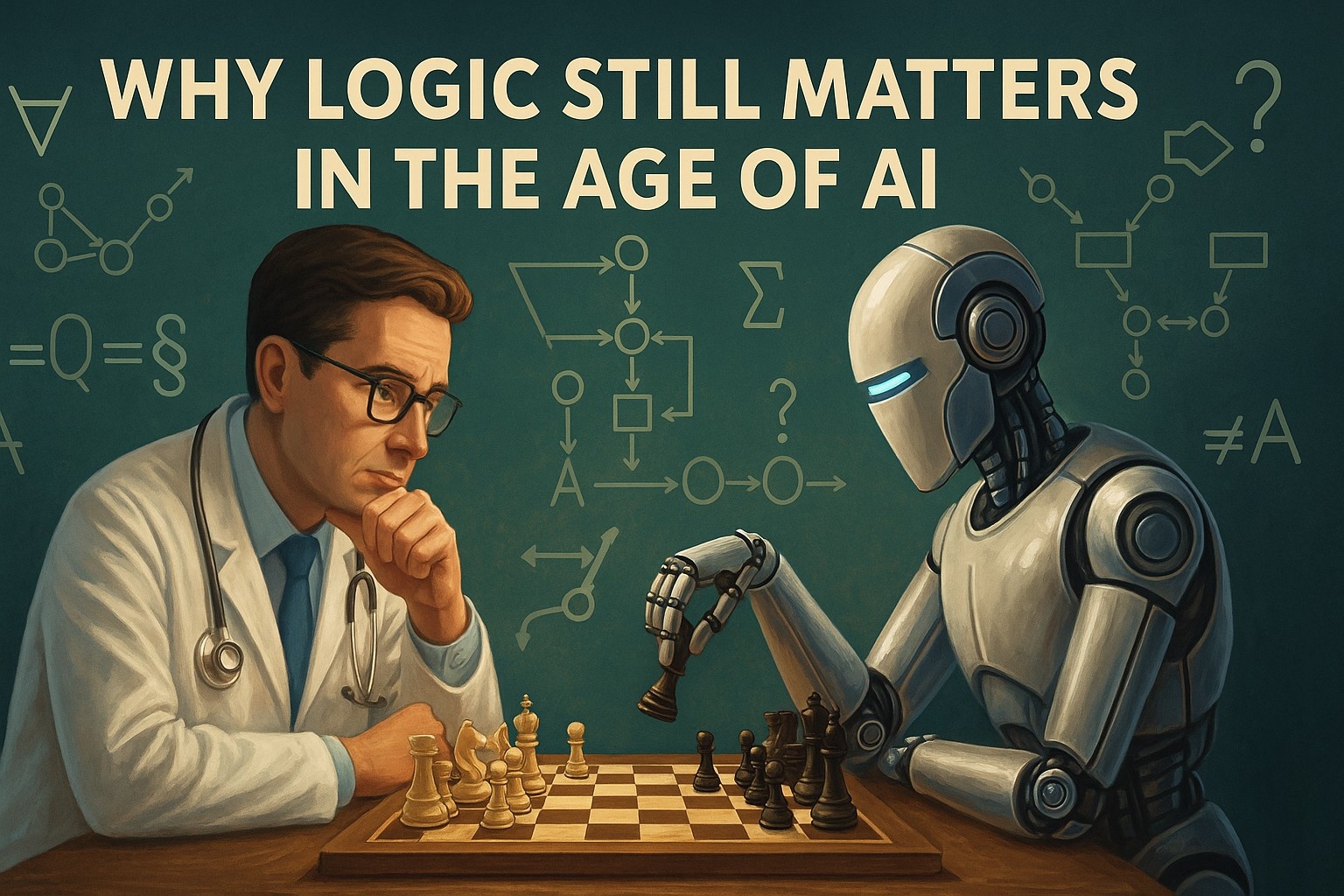
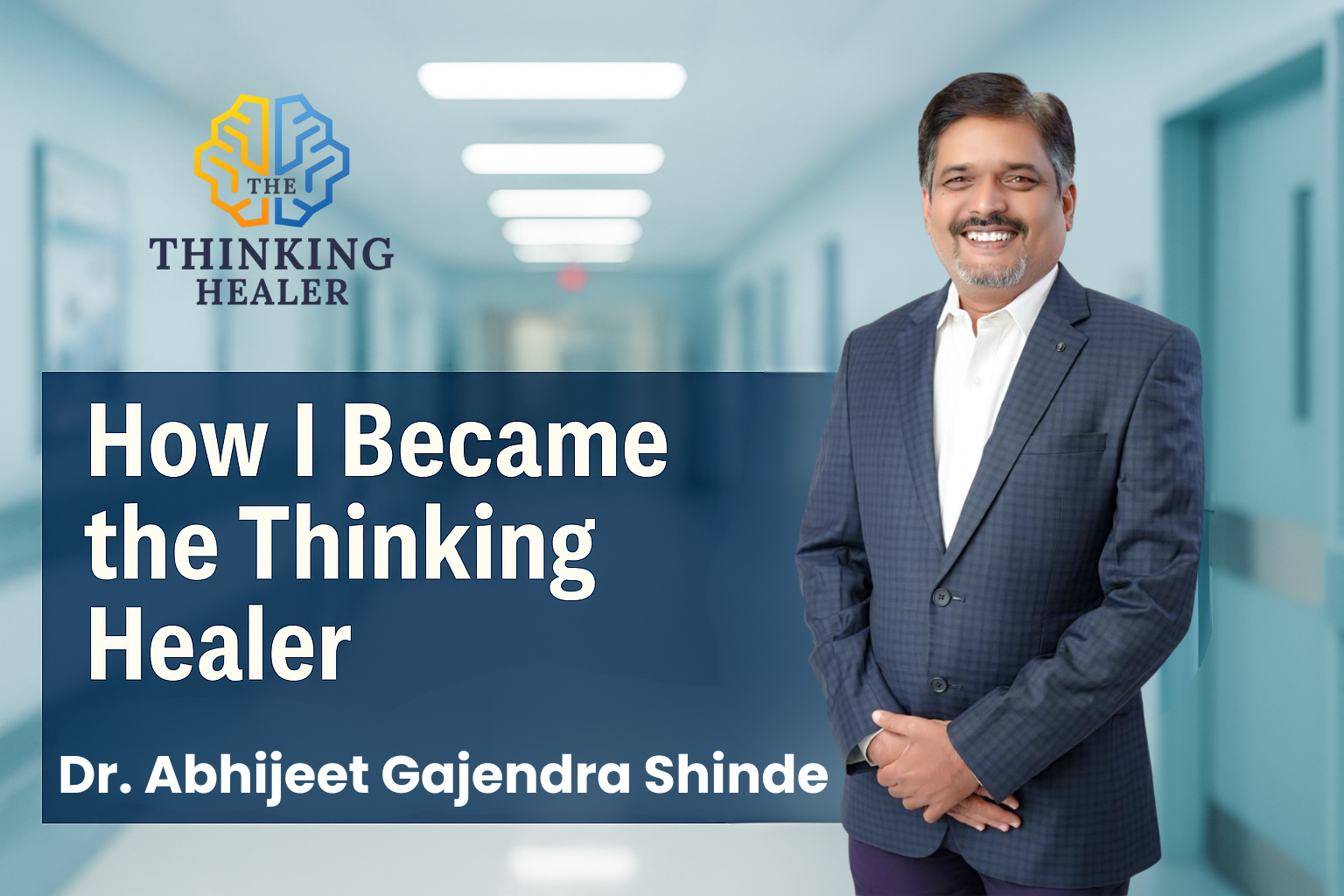
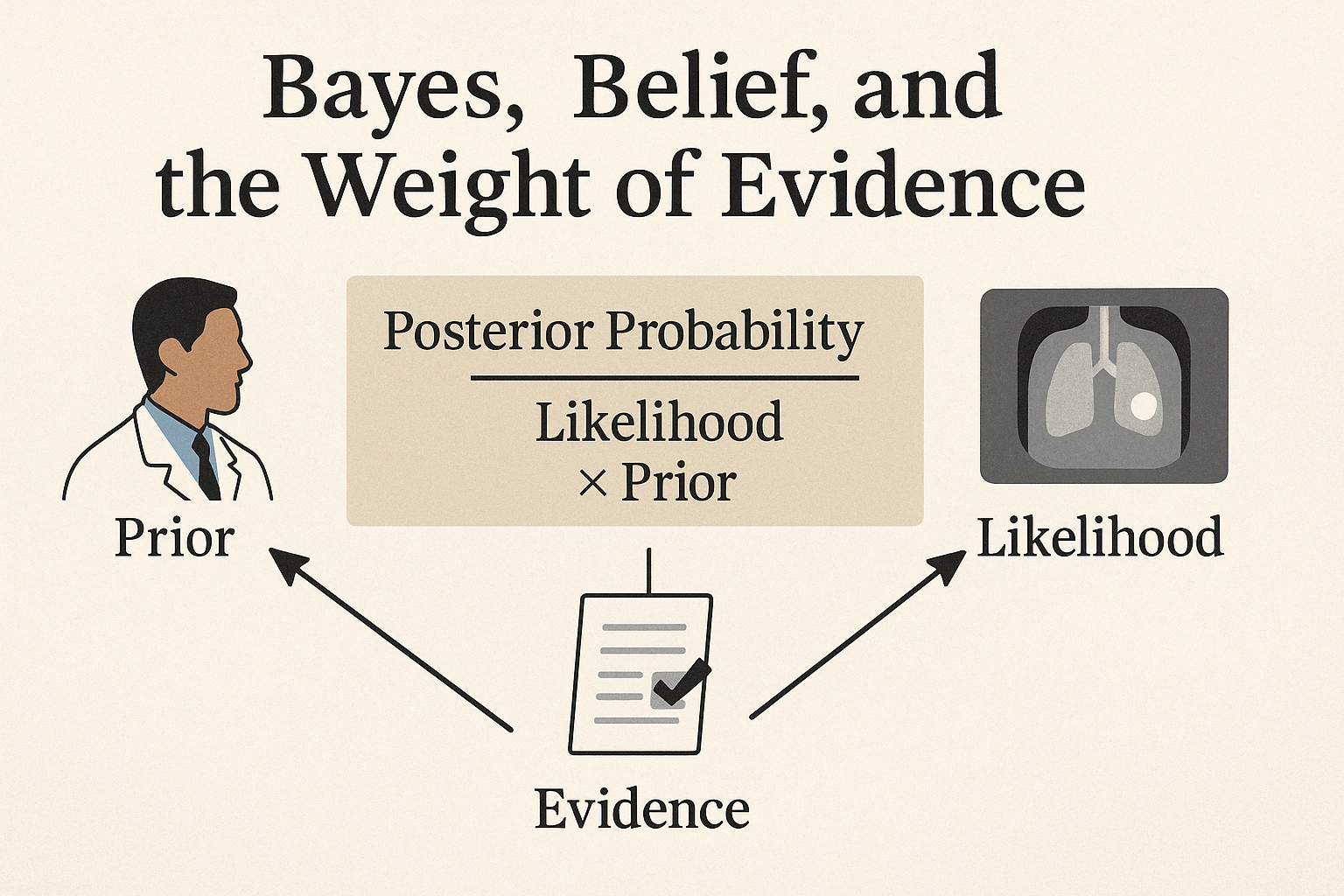
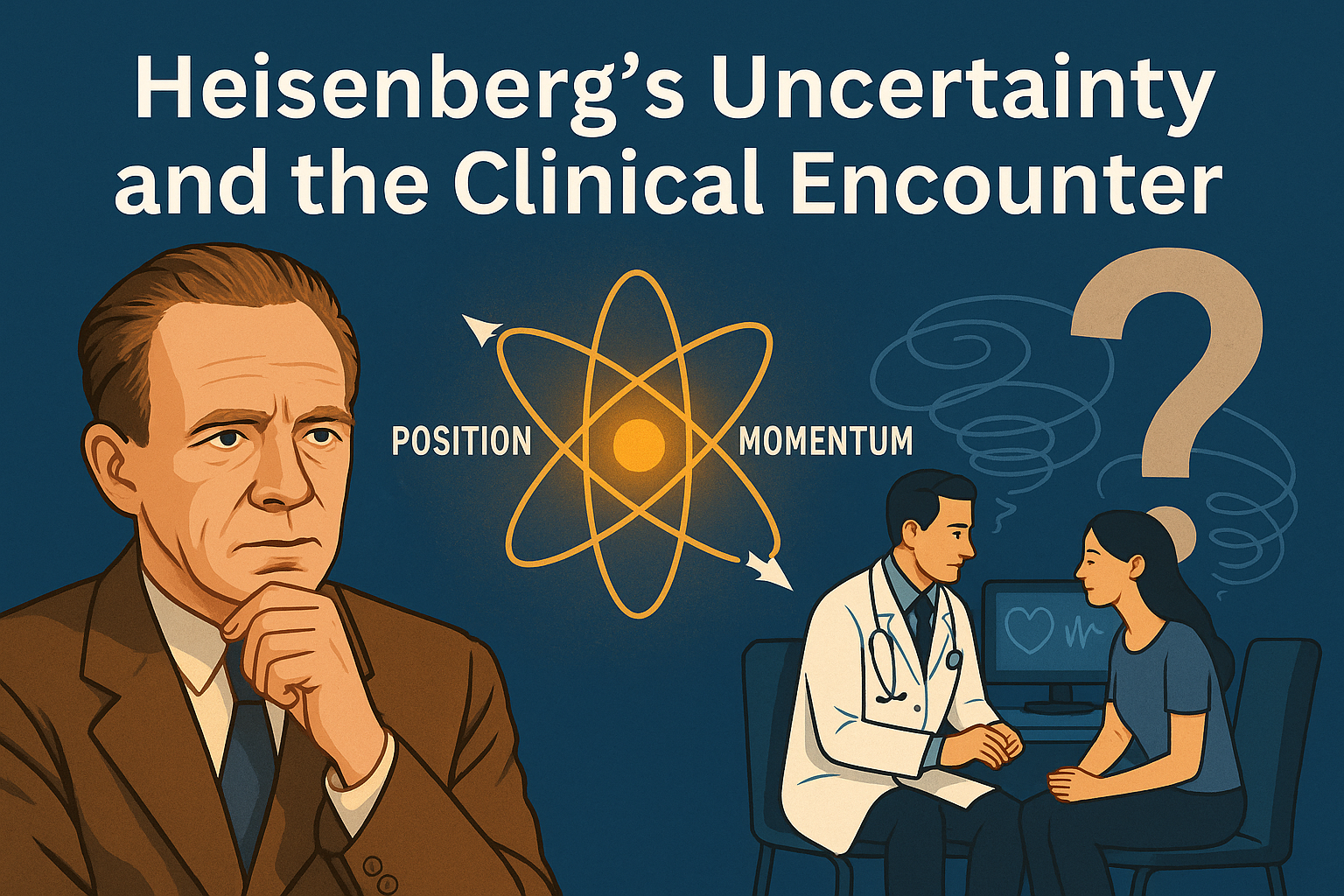

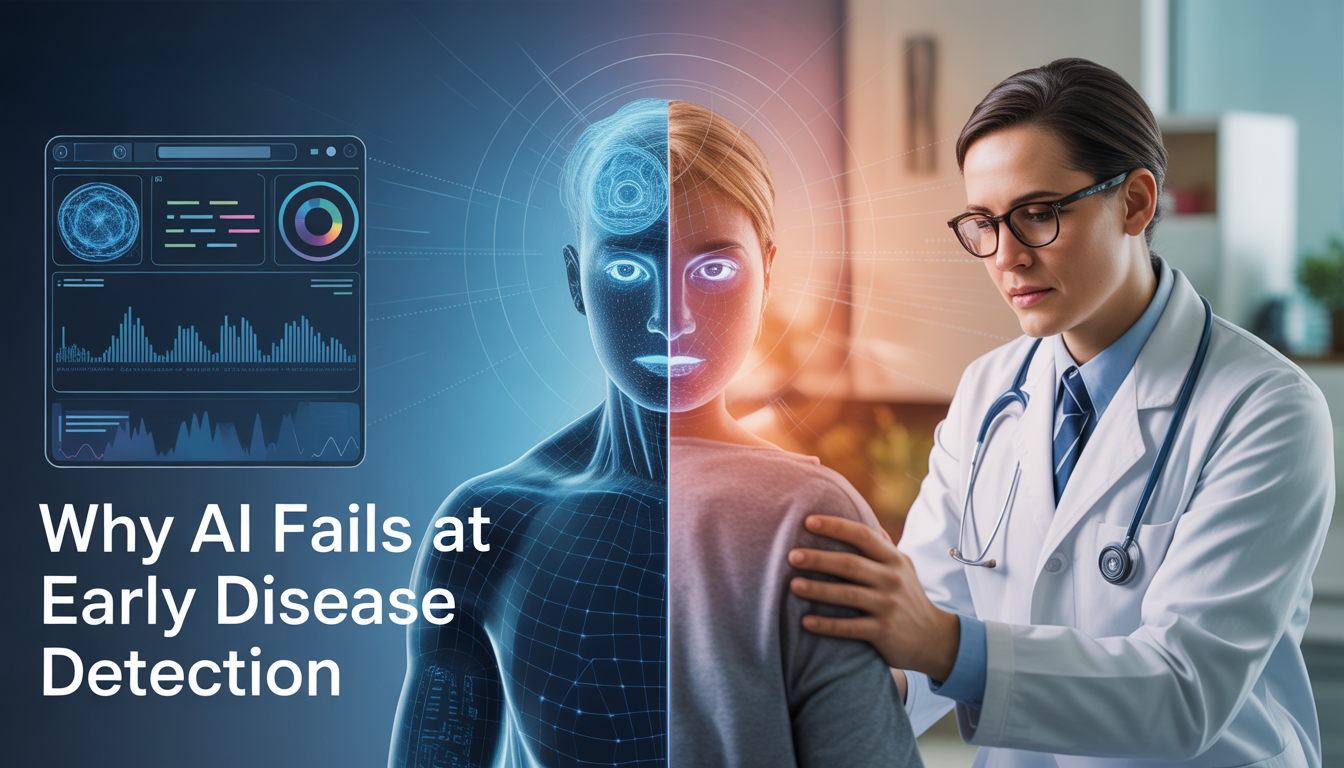
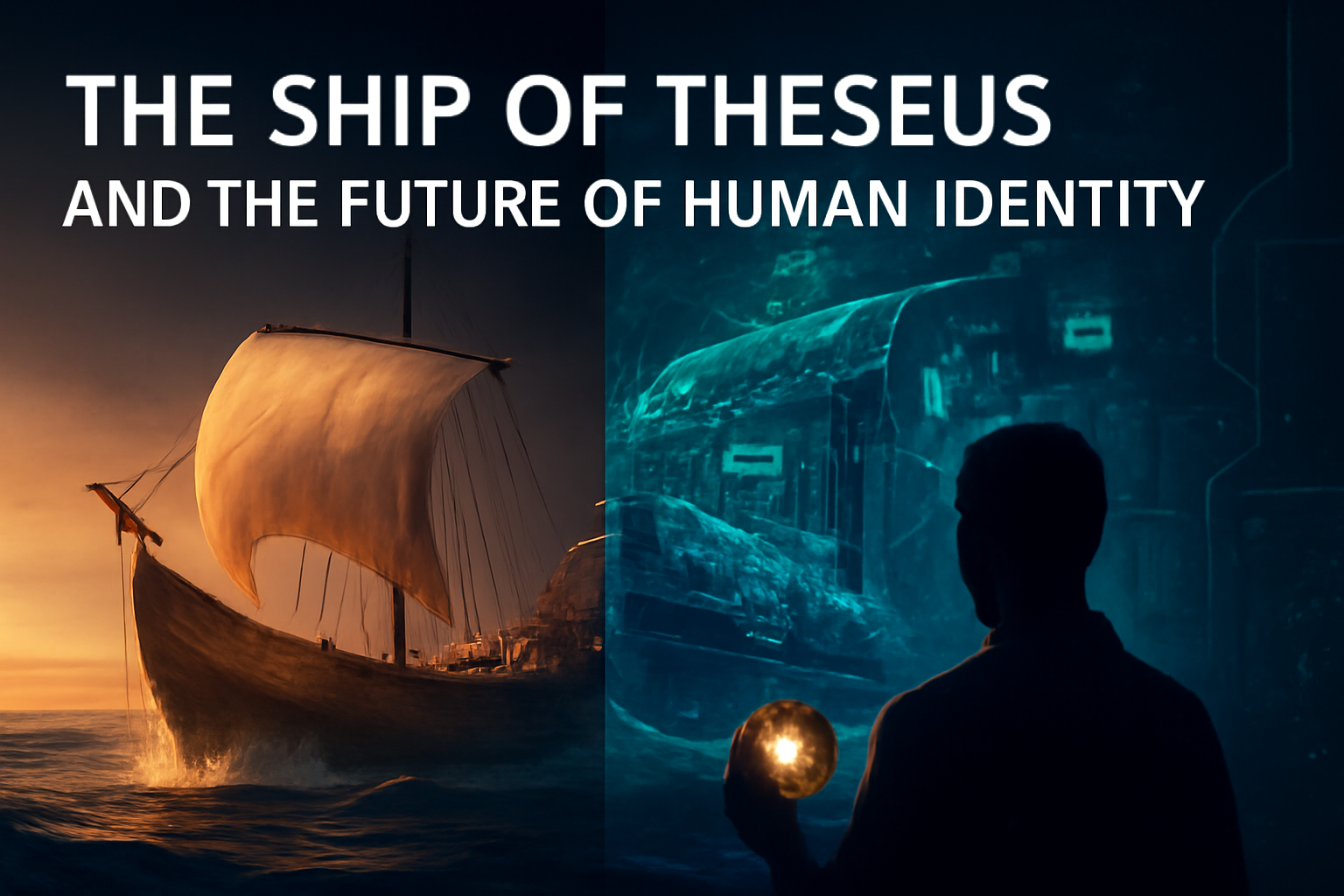
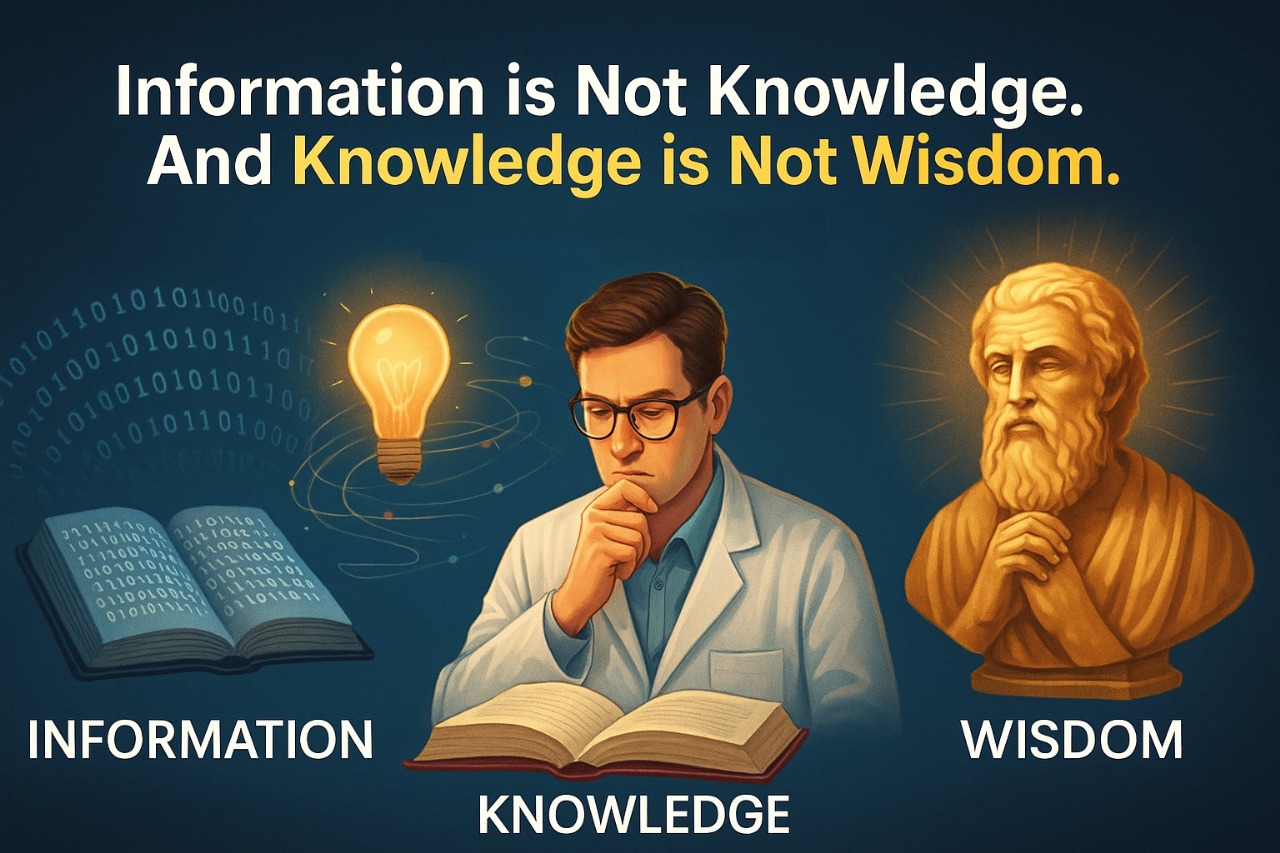

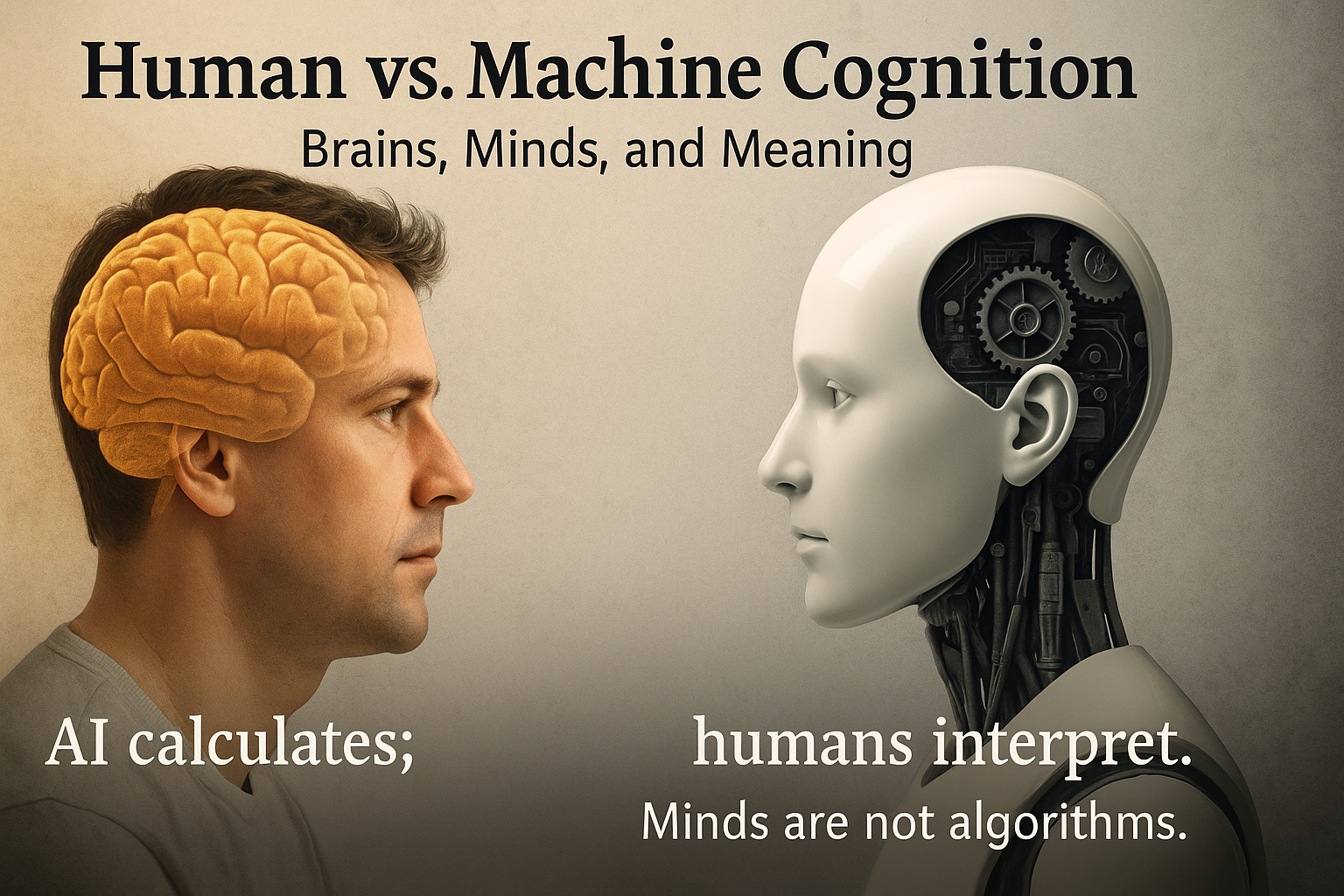
Leave a Reply